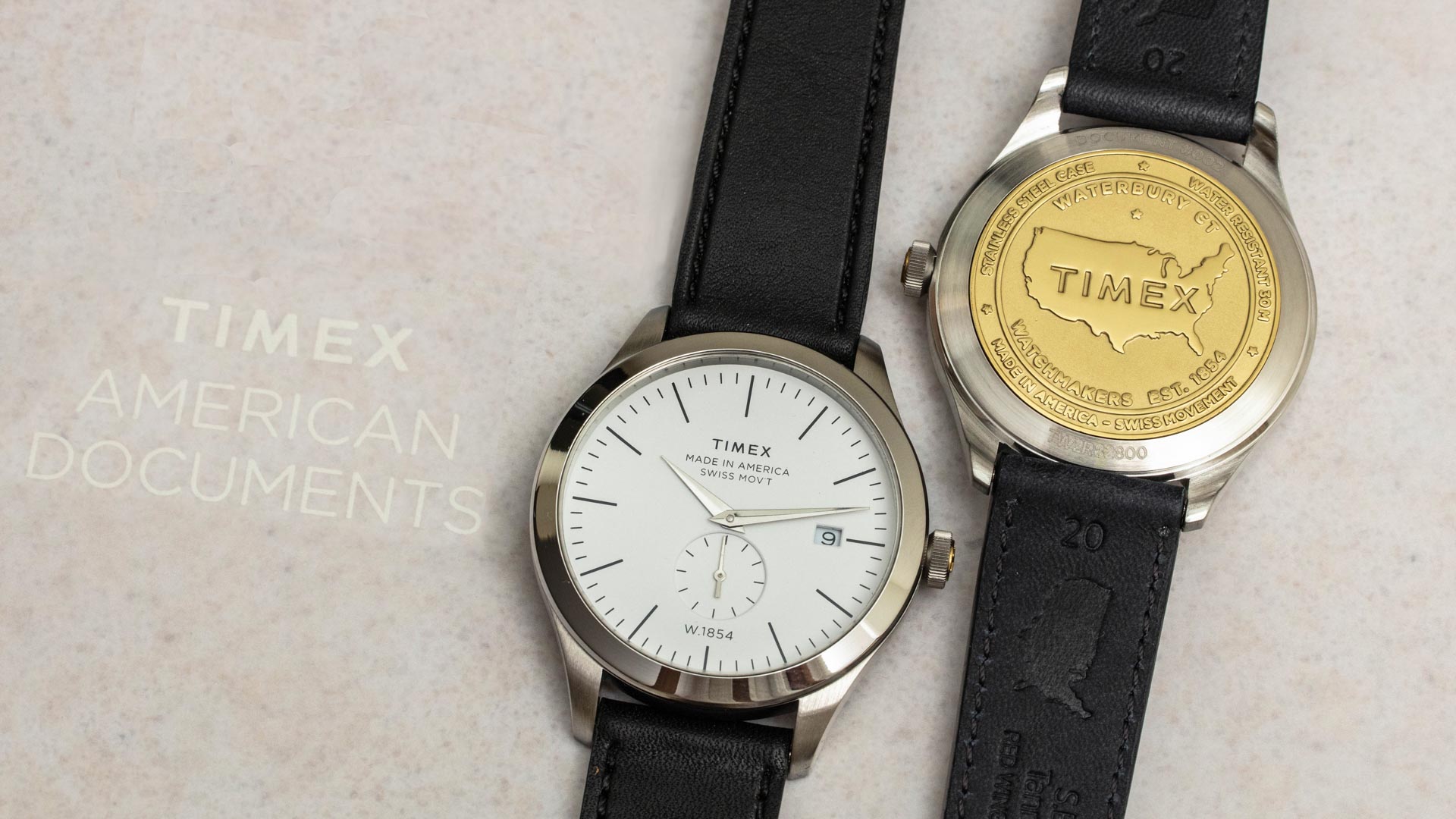
“Made in America” is a powerful and timely statement that I’ve never experienced written on the dial of a watch. Even with the modifier “Swiss Mov’t (Movement),” this proud declaration on the dials of these new Timex American Documents timepieces is a bold hint that there is something special about these wristwatches beyond the mere design. Today Timex introduces what is probably the historic American brand’s most ambitious project of its modern era. Based in Connecticut and founded in 1854, Timex is clearly no stranger to producing timepieces, but it has been many generations since any of the brand’s products have been produced in the United States.
Timex’s primary overseas factory is located in the Philippines, built several decades ago during a time when there was strategic U.S. government and commercial investment in the Asian nation. In many ways, Timex was an innovator in overseas production for timepieces and, to this day, the company continues to offer consumers extremely good value for a reliable timepiece product. American Documents products are not intended to replace other Timex models but rather will act as a supplemental collection for a different type of consumer. Even though the price for American Documents watches is relatively very accessible, they will come in as the most expensive products in the Timex collection, intended for those who don’t just want an item on their wrist that tells the time, but also one that tells a story.
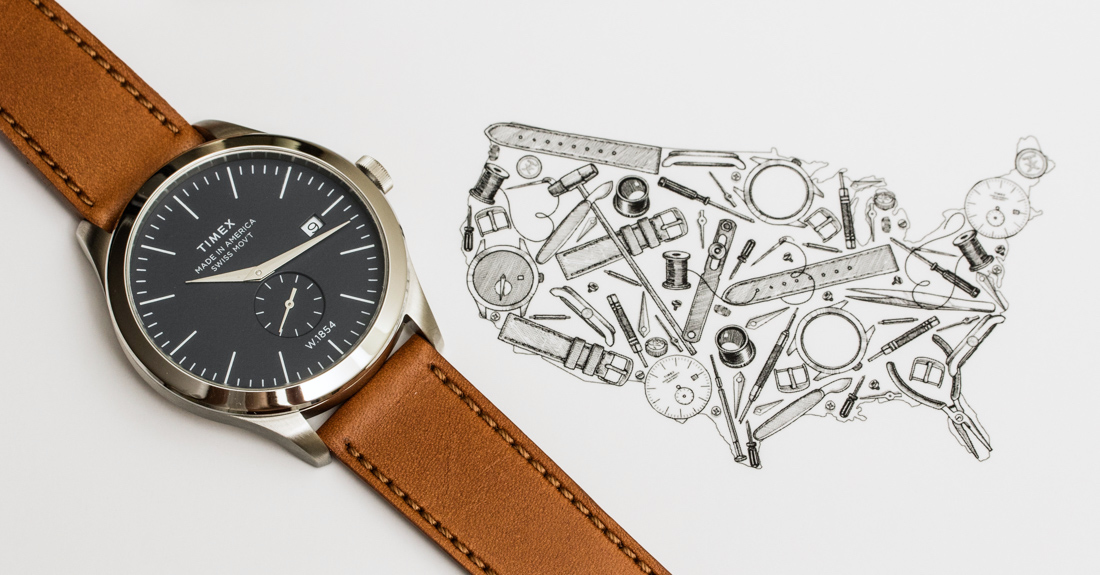
The American Documents project was an enormous challenge for Timex because it involved working with more than a dozen new suppliers and production partners in the United States. More so, American Documents watches are actually assembled in-house at Timex in the United States — something no one working at Timex today had ever experienced. The beautiful irony is that the American Documents project allowed the Timex of today to rediscover what it means to be an actual watchmaker. This involves not only designing and sourcing the necessary parts but also actually having to hire watchmakers and the requisite staff to assemble and test the final products.
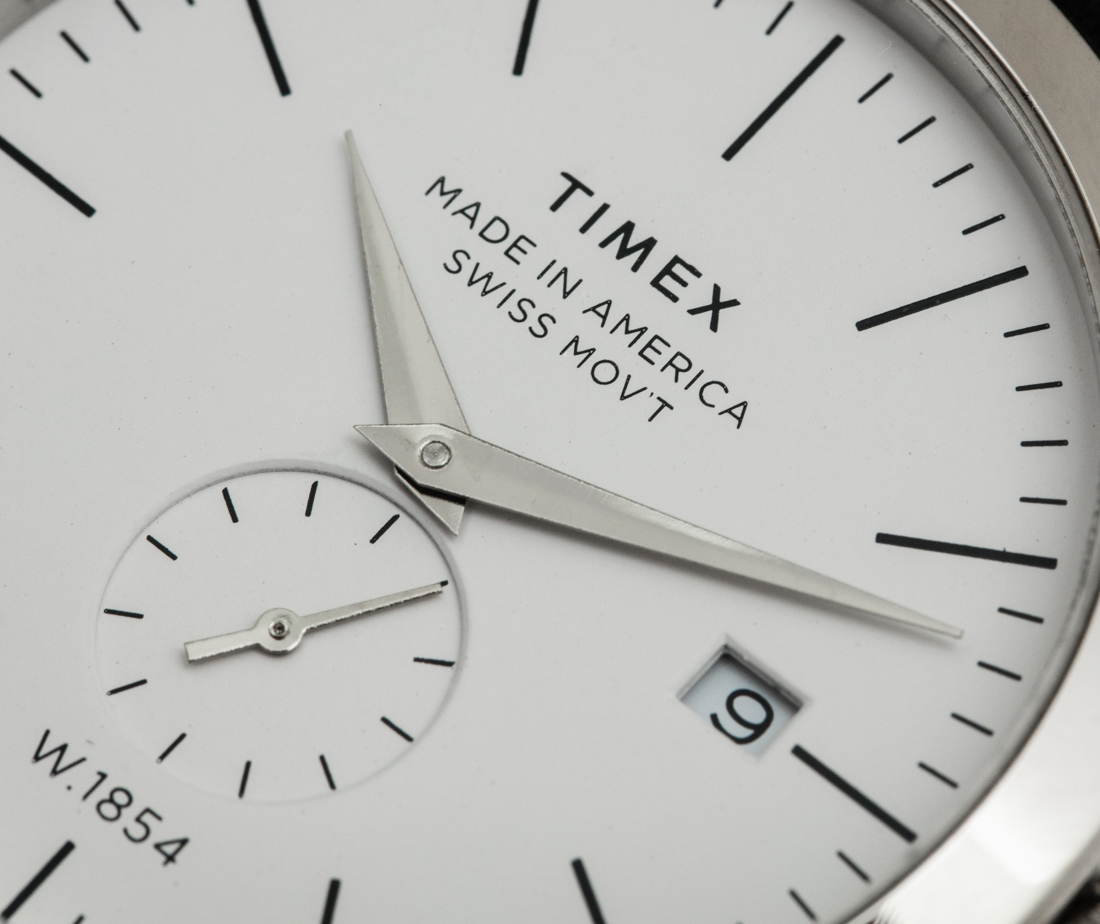
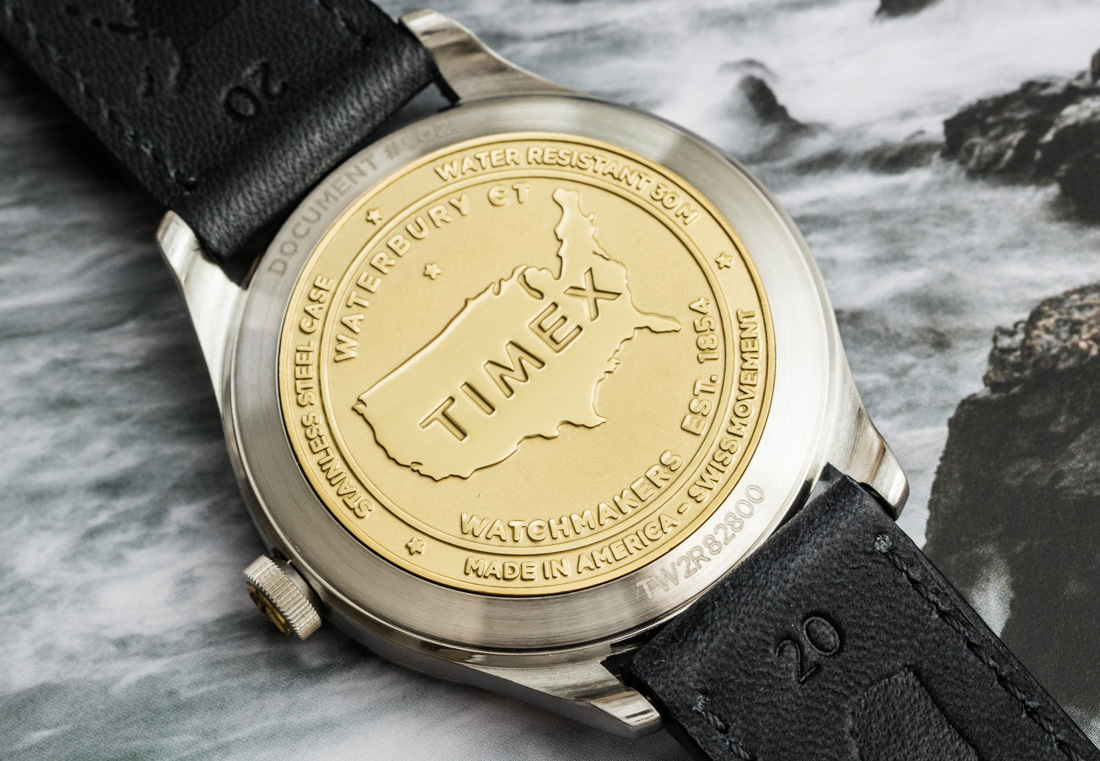
Timex did the necessary legwork to seek out and sample many suppliers, mostly in the New England area. At least 14 different parts of the American Documents watches are produced in America, including the case, dial, hands, strap, crystal, and pretty much everything save for the movement (which is a Swiss-made Ronda caliber 6004.D). This merits a bit of a side discussion on why Timex isn’t including an American movement in an American watch. The short answer is that no suitable movements are currently available for inclusion in the watches and that Timex (or anyone else, for that matter) would have to invest for a few more years in order to include an American movement in the watch. Timex has made it clear that, even though American Documents watches will, by definition, be produced in small quantities, these initial four models are just the beginning. That opens the door to future American Documents watches that include an American movement as well. For the time being, I think the American Documents collection, as it is, offers a lot of value to timepiece enthusiasts, if only because I’d rather have a watch with a tried and tested Swiss quartz movement, as opposed to something new and potentially not as refined for the movement — even if it is made in America.
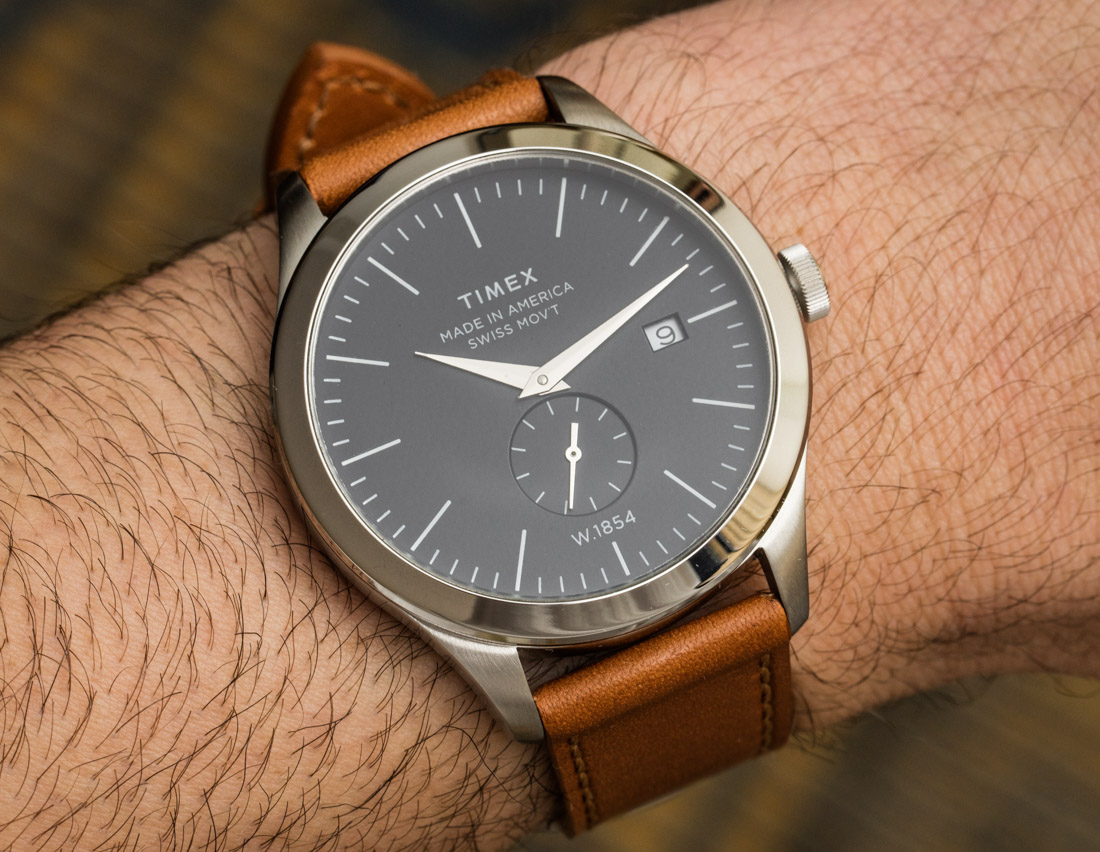
What Timex is not doing is share the names of all the particular suppliers they rely on to produce or finish the components that go into American Documents timepieces. The reason for this is mainly to protect their investment and the exclusivity of their products. Timex has an interest in protecting its trade secrets so that competitors don’t use the same suppliers. What I can say is that I was a guest of Timex and toured a good number of the suppliers’ factories throughout the Connecticut, Massachusetts, and Rhode Island state areas. I can easily say that Timex only has positive secrets to protect and that the effort and focus in the American Documents collection is extremely impressive.
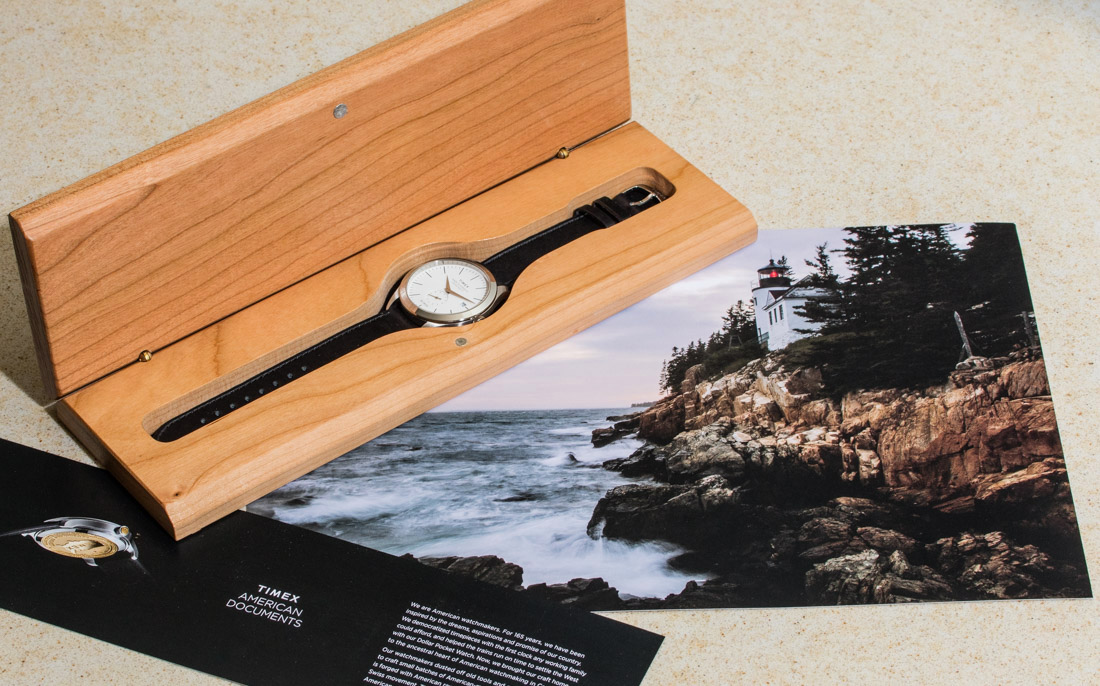
What I also found really heartening was the excitement and pride inherent in the various workers at the factories producing parts that go into American Documents watches. These are men and women who, for the most part, are not producing parts for anything they can wear. The idea that they will be able to actually wear and (affordably) buy something they helped produce was really exciting to them — as was the proud “Made In America” moniker they will get to tout on their wrists.
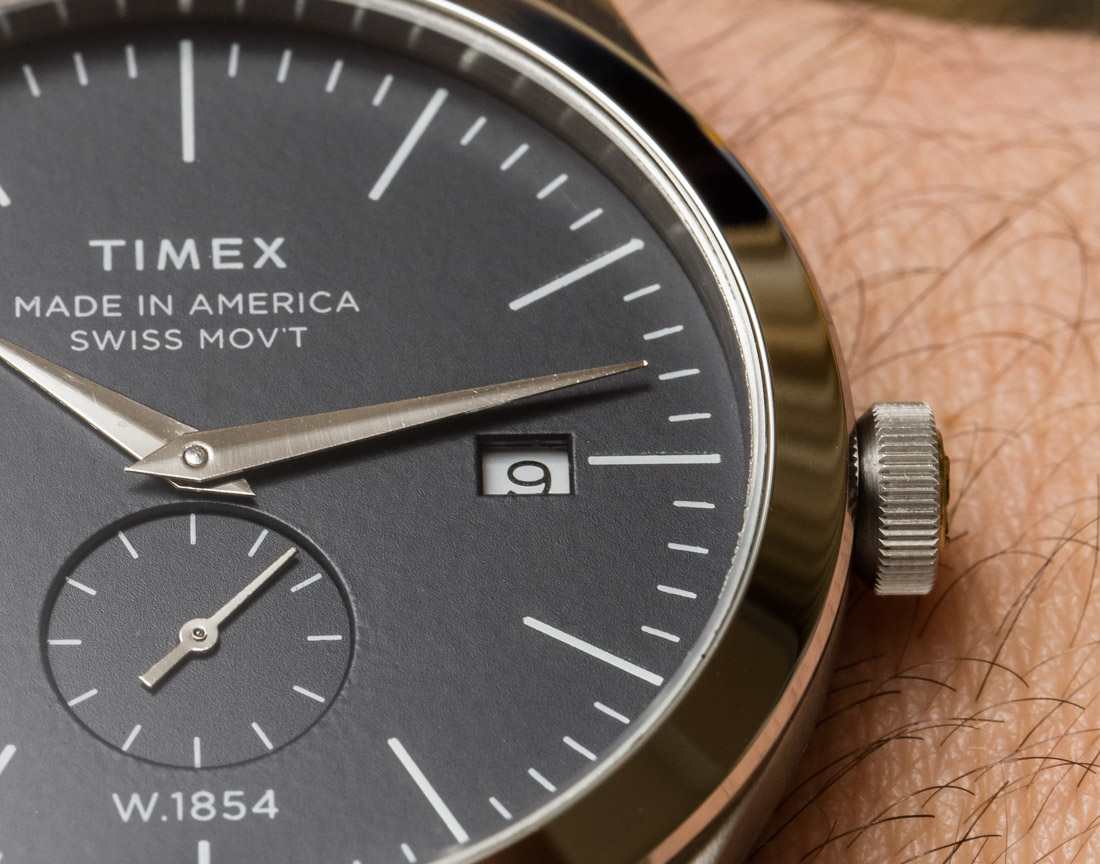
Timex was founded in Waterbury, Connecticut in 1854, which is what the “W.1854” label on the dial means. At the time (and still today, actually) this region of New England was a hub for machining and manufacturing. The rear of the watch, as well as the crown insert, are a testament to this history. Produced from brass and referred to as the “American Documents coin,” the caseback of the American Documents watches and the matching brass crown insert are a direct nod to both Timex’s history and that of the Waterbury area. Yes, of course, the brass caseback and crown inserts are produced in America.
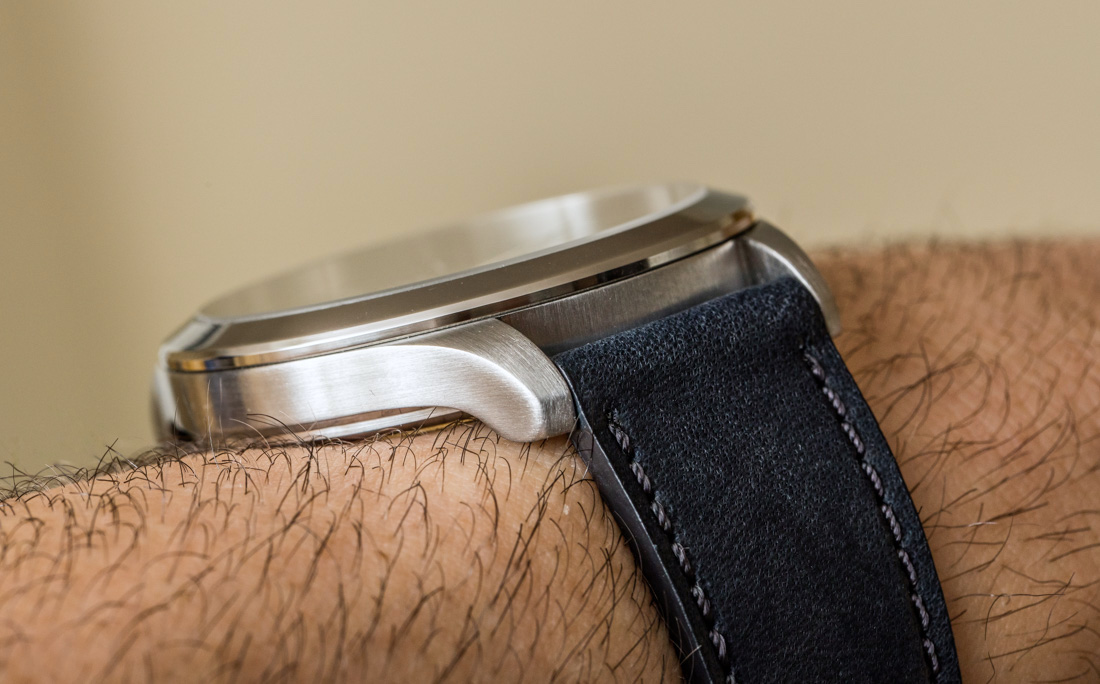
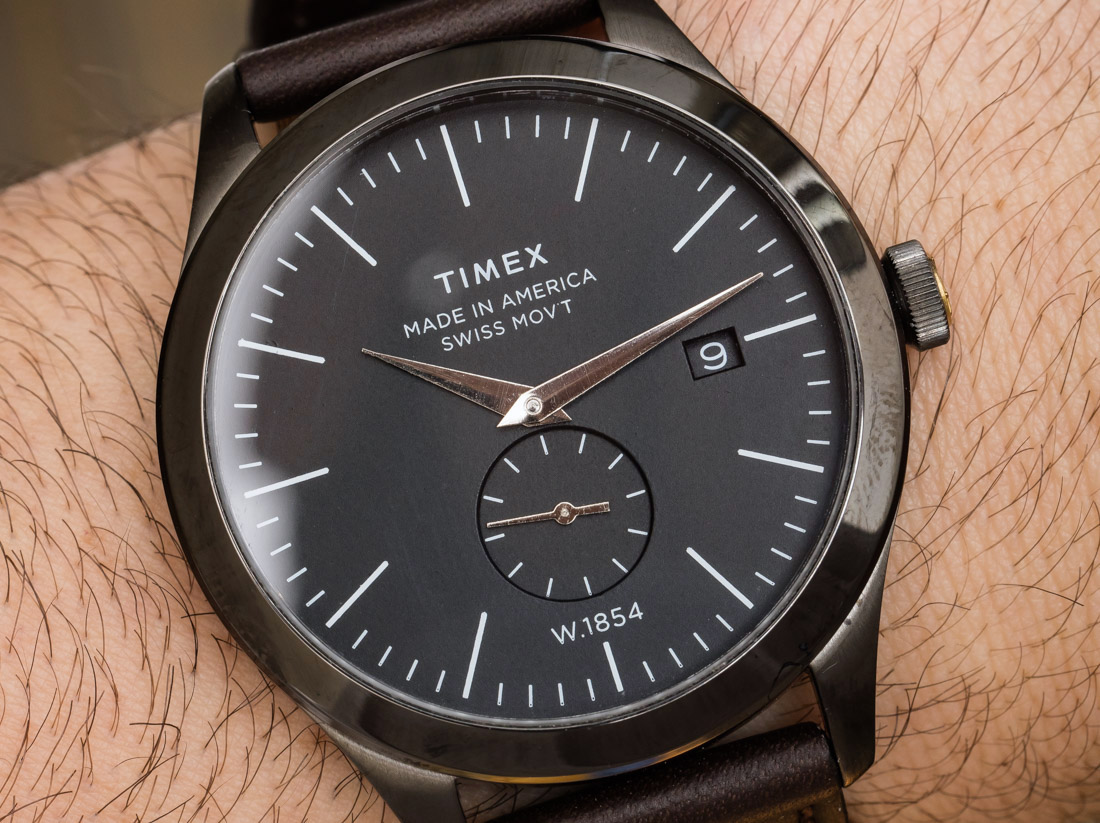
Timex was both a source of excitement and probably some stress for its suppliers. None of these companies had ever produced wristwatch components before, or at least not anything that was directly applicable to this project. Making parts for wearable items is very different from producing machines or other industrial parts because of the finishing. Tolerances are one thing (how precisely a part is made) but finishing (polishing and surface treatments) is where most of the headaches come in. Timex justifiably presented very strict finishing requirements, given the competitive landscape watch lovers are accustomed to. Going back and back many times with suppliers (or needing to find new ones altogether), Timex made sure that case components for American Documents watches were polished in just the right ways. I actually toured the location where the American Documents cases are polished and the techniques used are very similar to how much higher-end watches are typically polished. The process is done by hand, and just the right type of contact and technique with the spinning polishing brush is required for a suitable result.
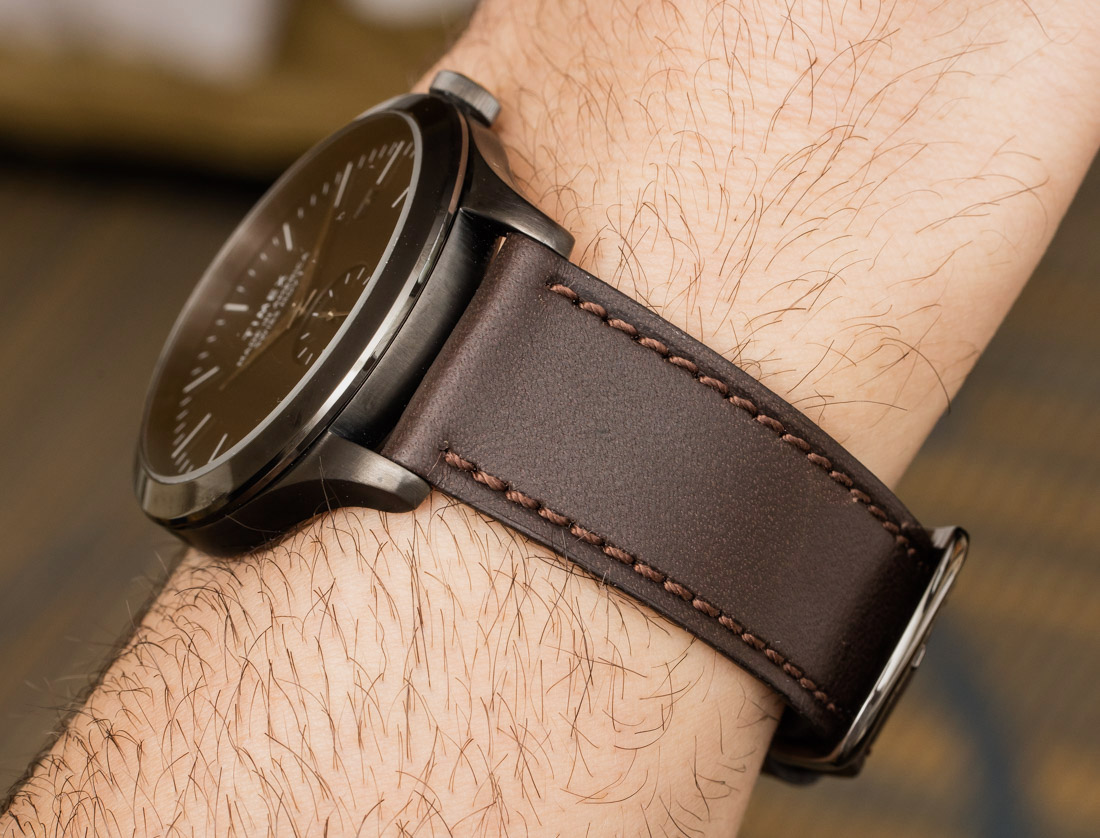
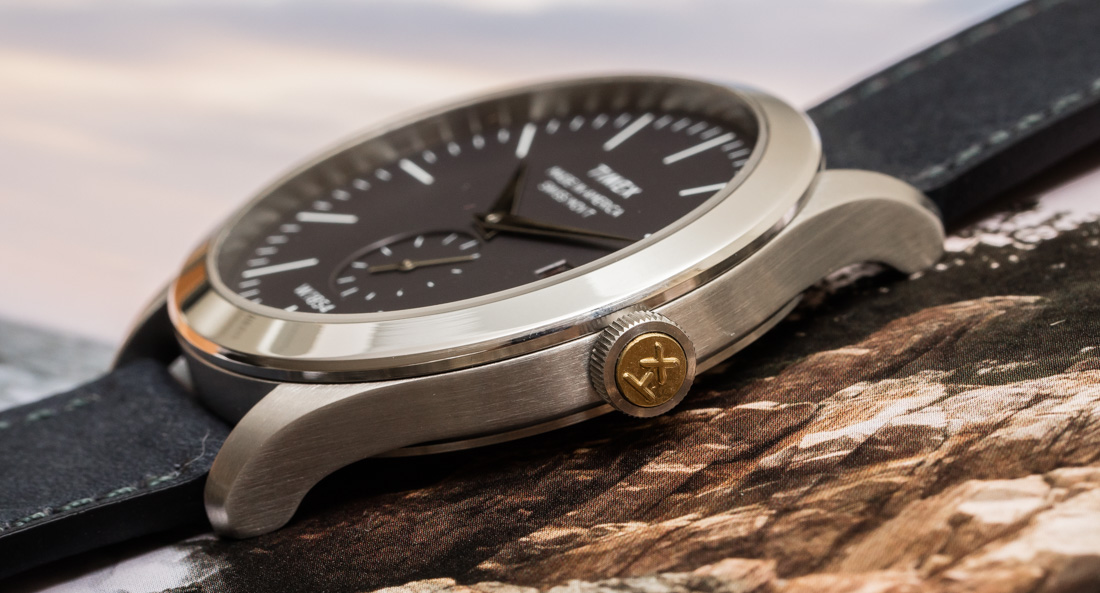
Timex’s design team from Milan, Italy was responsible for the design of the American Documents timepieces. Italy offers some of today’s absolute finest watch designers, and the Milan team is entirely part of the Timex group. Studying American watches, as well as the landscape in and around where Timex is located in Connecticut, the Timex design team came up with an attractive mid-century modern-style design for the first four American Documents watches (known as Documents #001 ref. TW2R82700, Documents #002 ref. TW2R82800, Documents #003 ref. TW2R82900, and Documents #004 ref. TW2R83000) that is both refined in aesthetics and also very versatile in its fashionable appeal.

Watch collectors might find the American Documents watch design to be simple, but the allure is in the focus and poise of the collection, as well as the U.S.-origin of the parts. For mainstream watch buyers, the design of American Documents watches works very well, in my opinion. The dials themselves come in ivory white, black, or deep blue and are printed with simple baton-style hour markers. Timex opted for polished dauphine hands that are attractive but could be a little bit less reflective. Timex had considerable issues finding a good hand supplier in the U.S., and I know that optimizing the quality of all the parts for the American Documents watches is an ongoing effort. The dial design continues with a subsidary seconds dial, as well as a date window located at 3 o’clock. The clean, handsome lines of the dials make for a conservative, timeless-feeling product that will work on many wrists shapes and colors in a variety of fashion situations.
